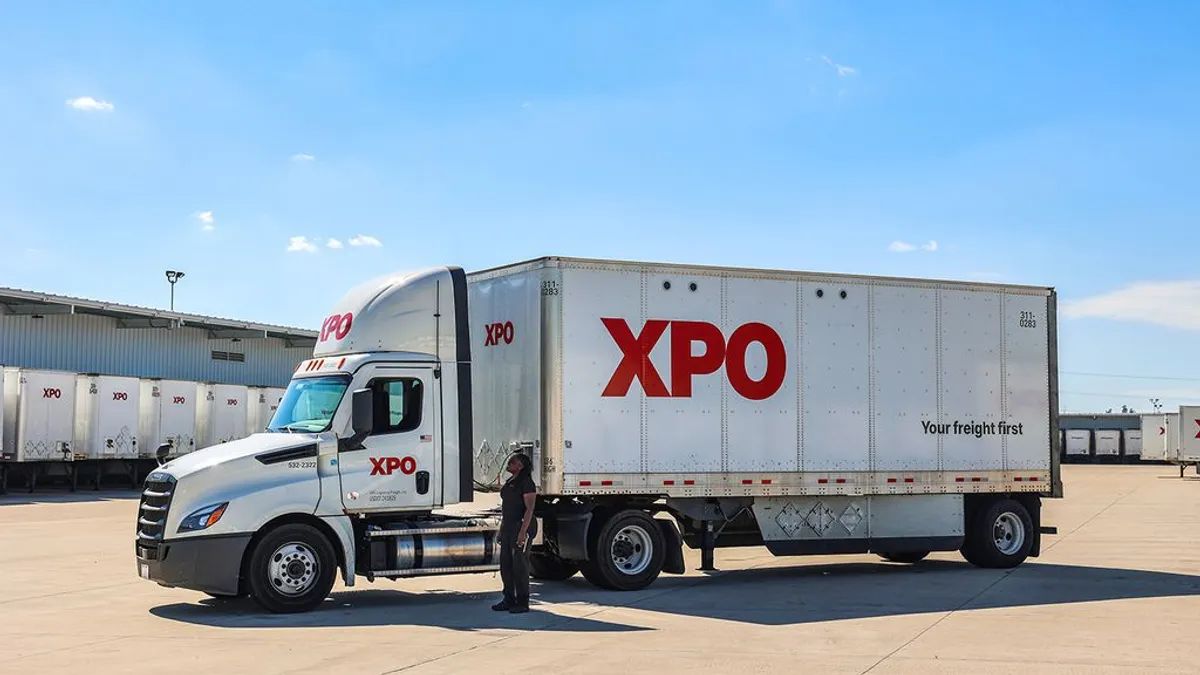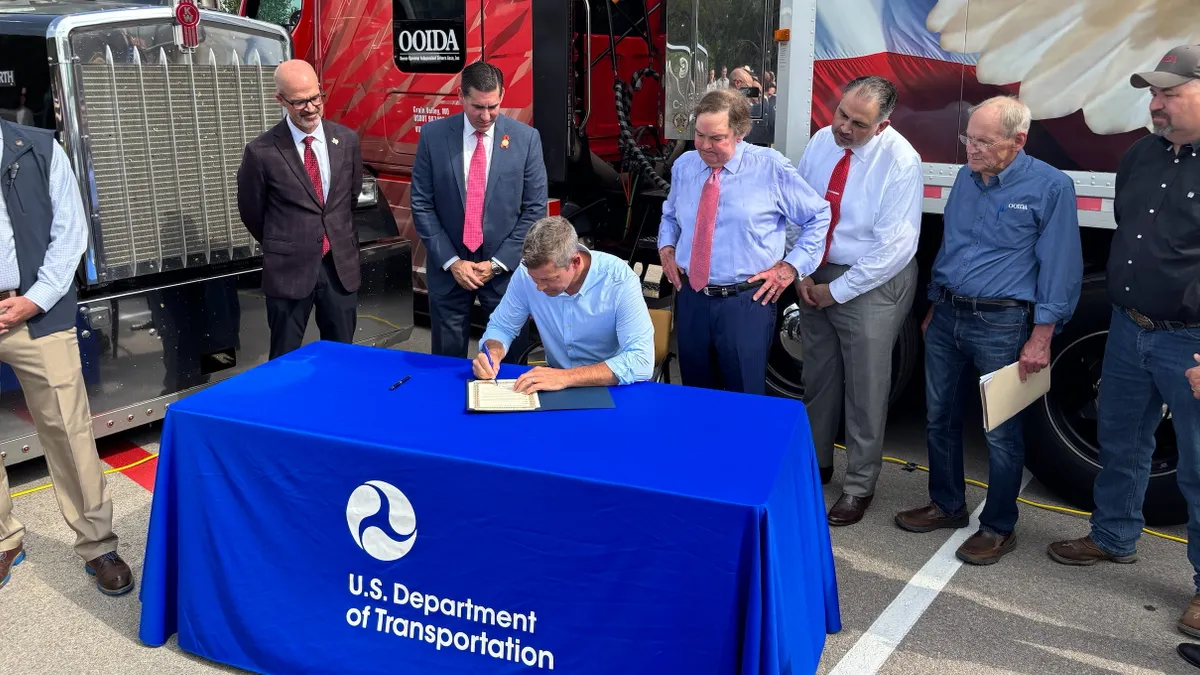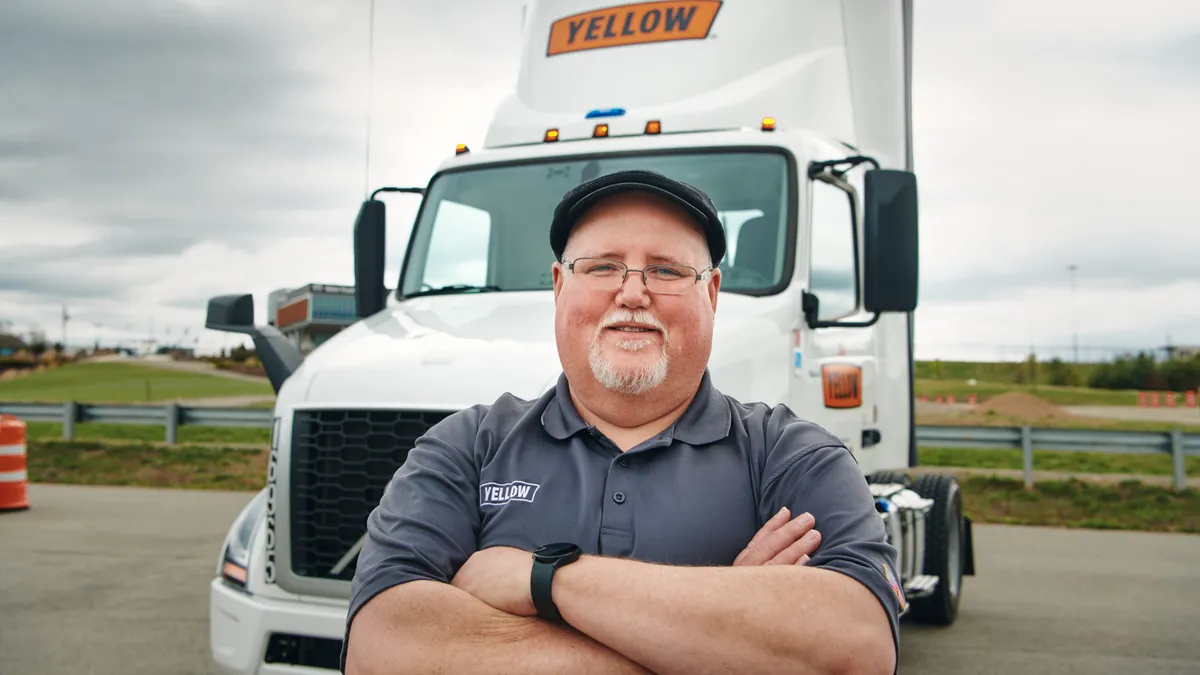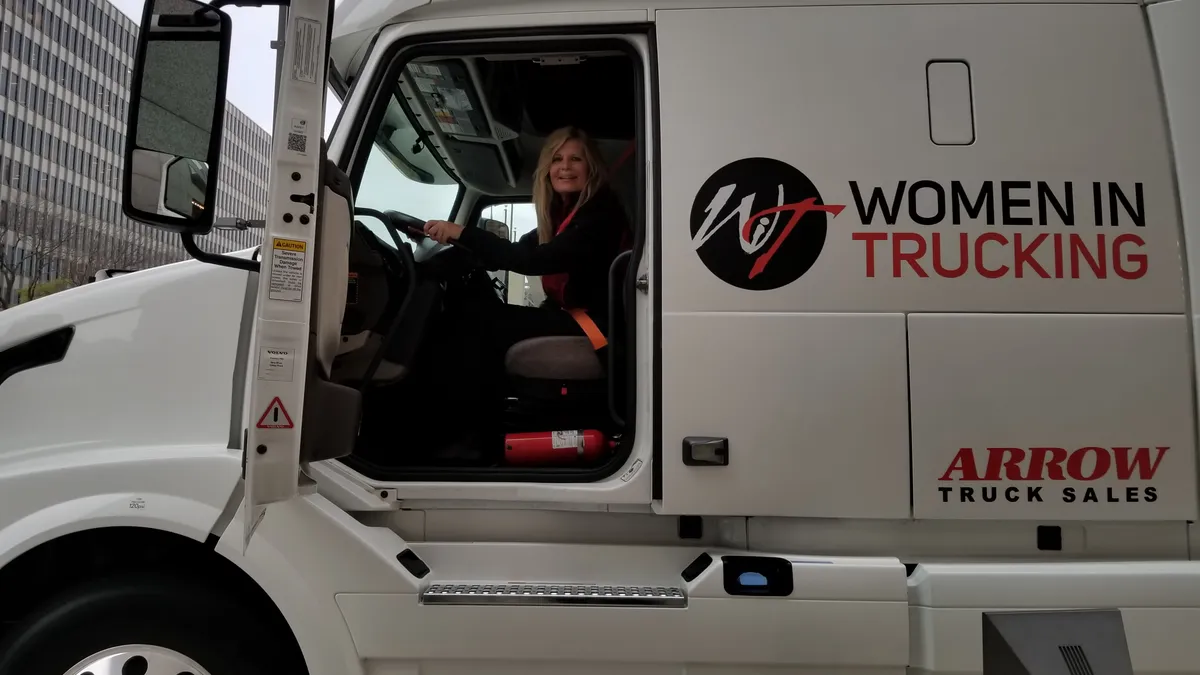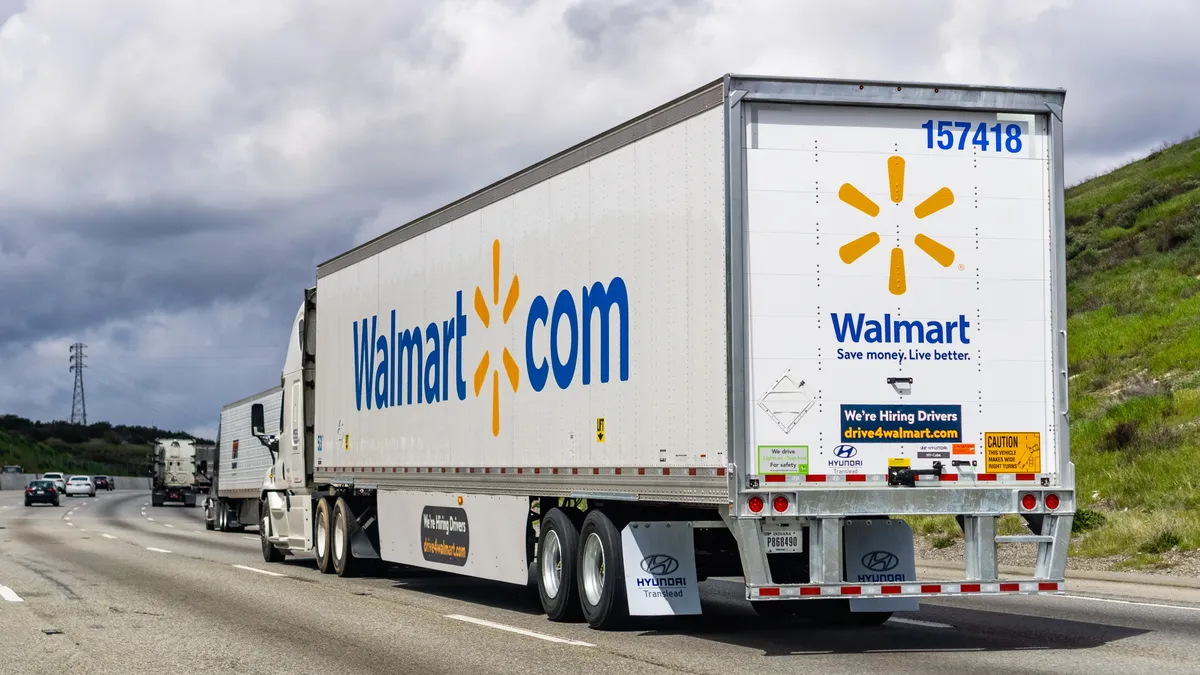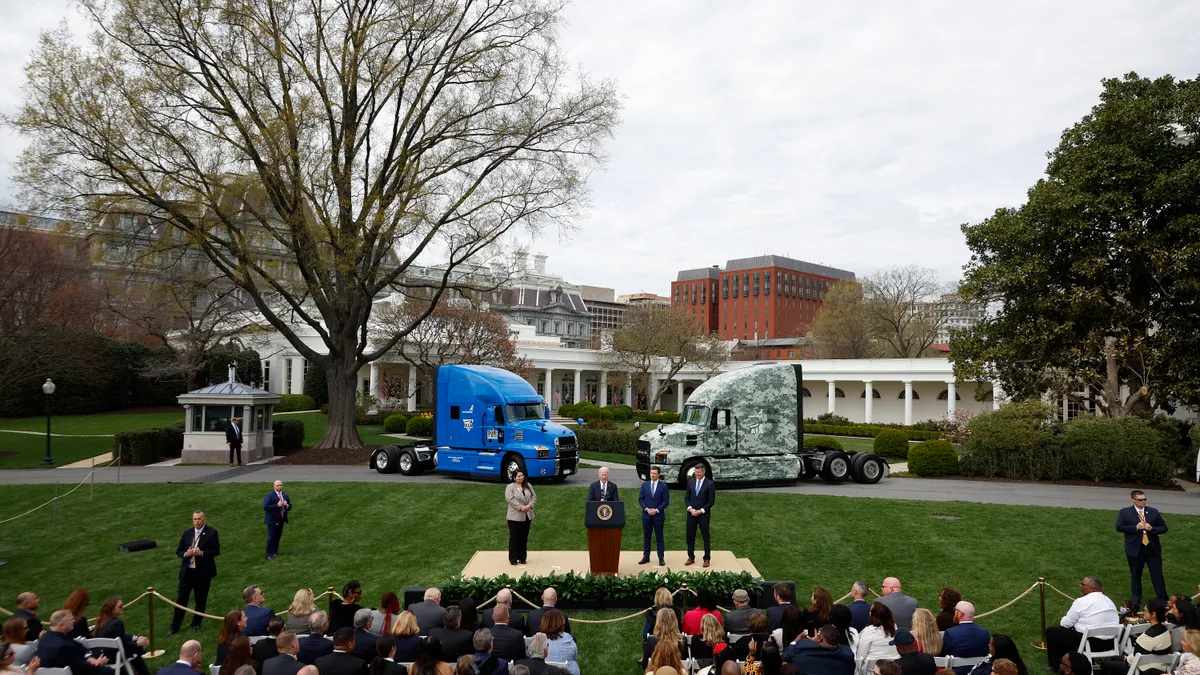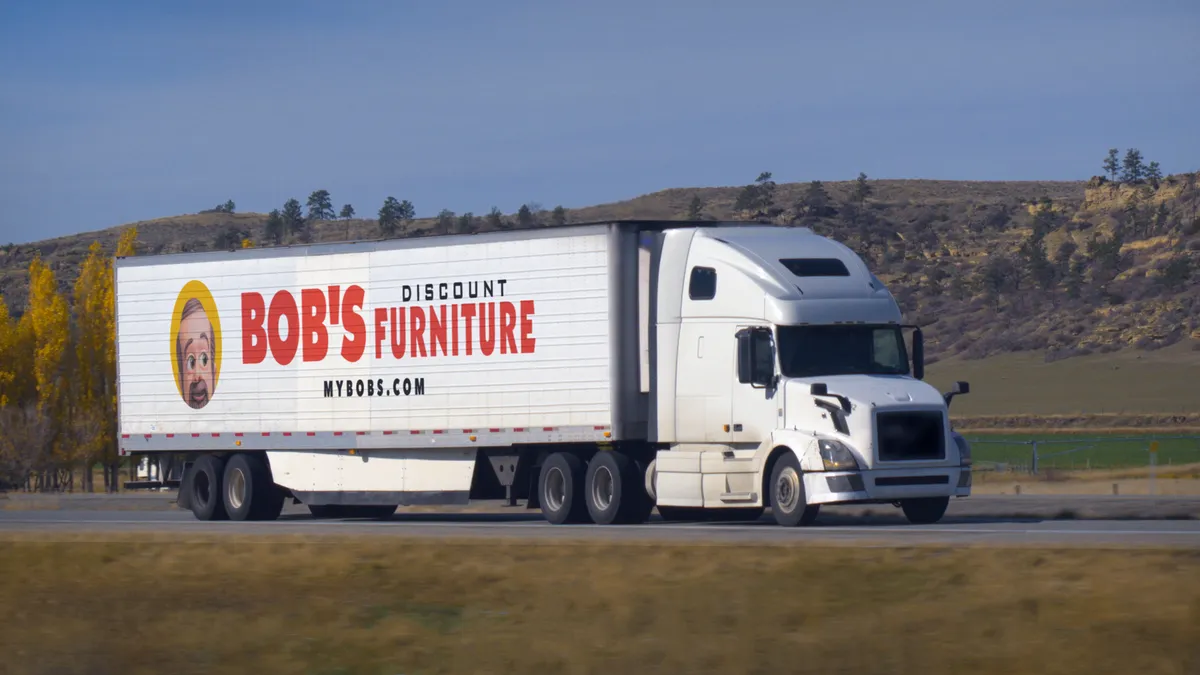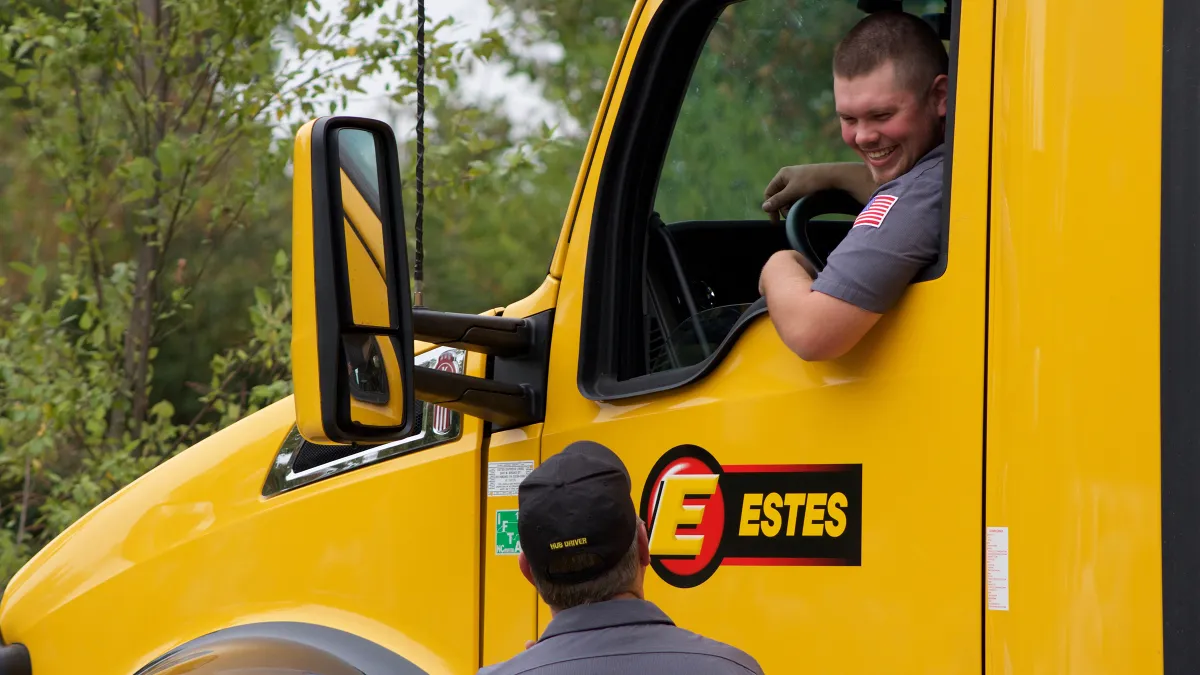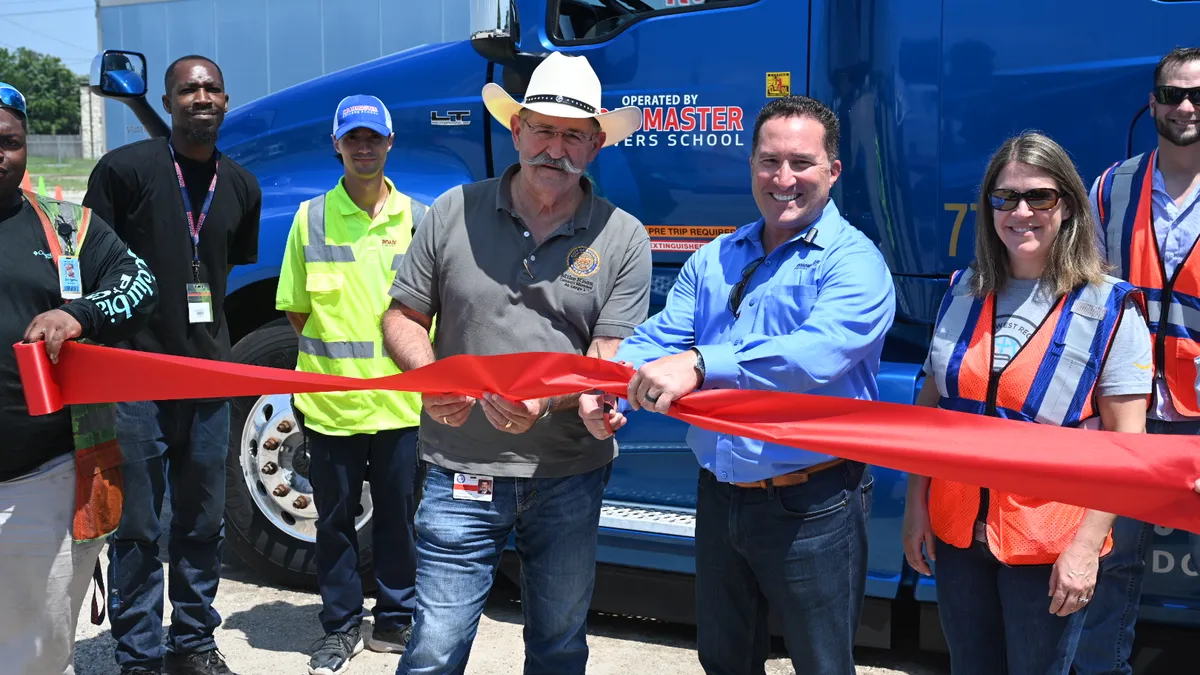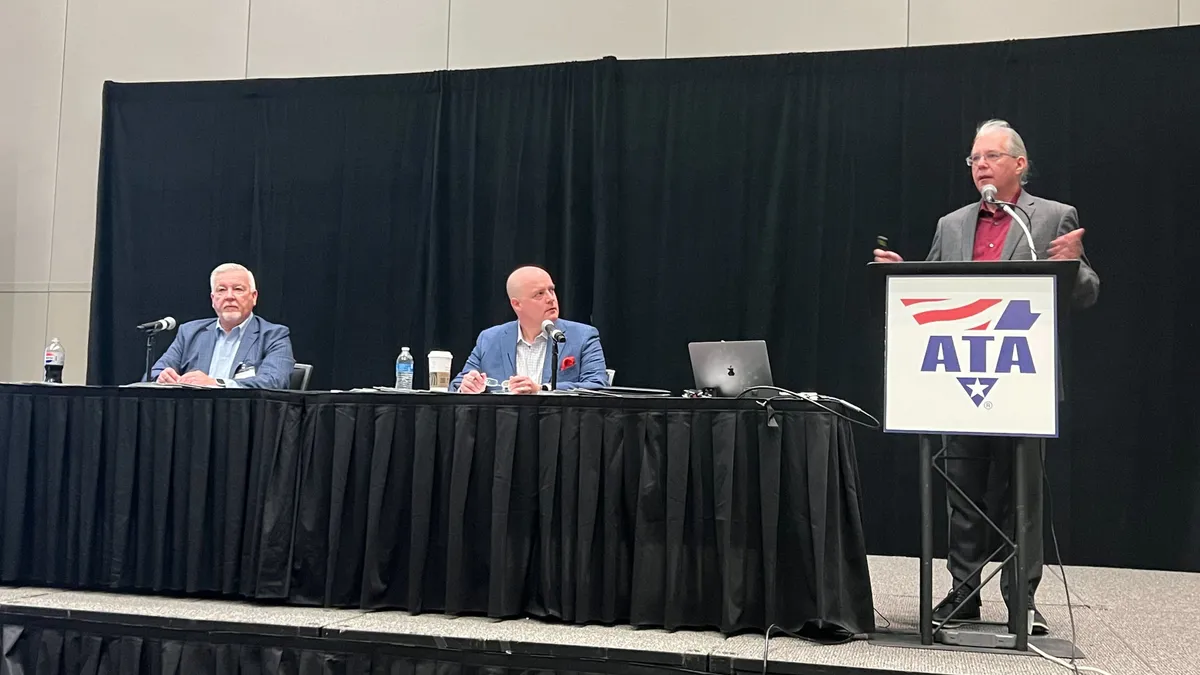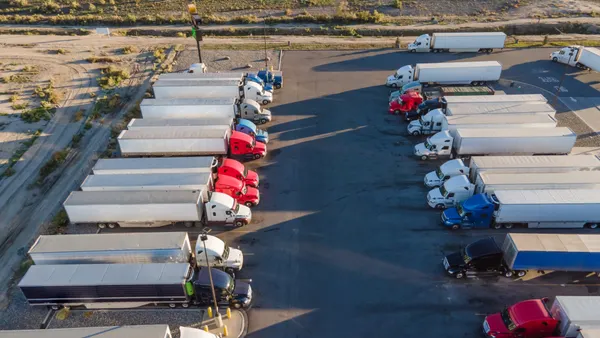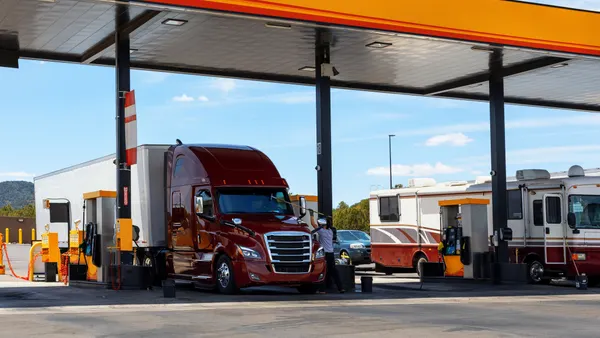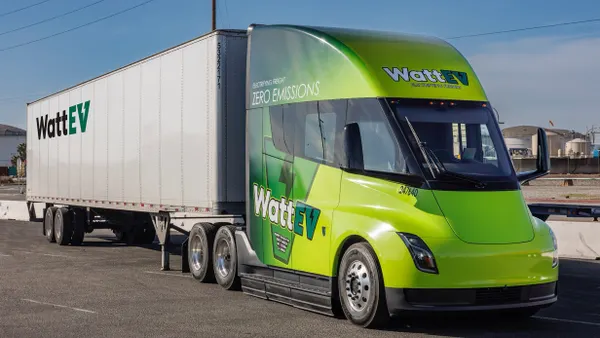Editor’s Note: Filling the Driver’s Seat is a series delving into fleets’ driver recruitment and retention strategies through the lens of the people leading the efforts. Know someone we should profile? Email [email protected].
RICHMOND, VIRGINIA – Truck drivers based at A. Duie Pyle’s relatively nascent terminal here peppered the carrier’s senior management with questions and requests over a breakfast of eggs, bacon, biscuits and sausage patties one recent weekday morning.
Chairman and CEO Peter Latta kicked off the annual meeting with a financial presentation. Then, drivers asked questions about route paperwork, health care options and whether the company could provide the terminal with additional smaller trucks for drop-offs at space-constrained customer facilities.
Latta and COO of LTL Solutions John Luciani responded and took notes on comments and specific requests. On the ask for smaller trucks, Luciani was frank: “Not every shipment can go on a small truck, especially in a large service territory like this. I want to be straight-up. I want you to be mindful of that.”
The 8 a.m. employee engagement breakfast provided the drivers a chance to speak directly to senior management about issues affecting daily operations. It’s part of how the company gives its employees a voice in its operations, which it considers a critical aspect of retaining talent.
Latta and Luciani updated the drivers on plans to build a maintenance shop at the Richmond facility, as well as upcoming expansions elsewhere in the carrier’s regional network, primarily along the I-95 corridor.
The annual meetings — a company tradition since the 1980s, Latta said — are far from the only way A. Duie Pyle connects with its drivers. Serving roughly two-thirds of the state from the East Belt Boulevard terminal requires constant communication between drivers and dispatchers, according to the terminal’s local management.
“All day long, it’s taking calls from the drivers,” said operations supervisor Gregg Gregory, a Virginia native who recently returned to his home state to work at the terminal. His colleagues across the operation are among his favorite parts of the job: “The people, the company, the family environment — it’s almost like you leave one home and go to another.”
‘The company stood behind me’
David Johnson, who has driven a truck for 35 years, 20 of them in LTL, prides himself on being the first driver hired for the Richmond terminal when it opened in April of last year. He does a nightly run to York, Pennsylvania, returning around 5 a.m.
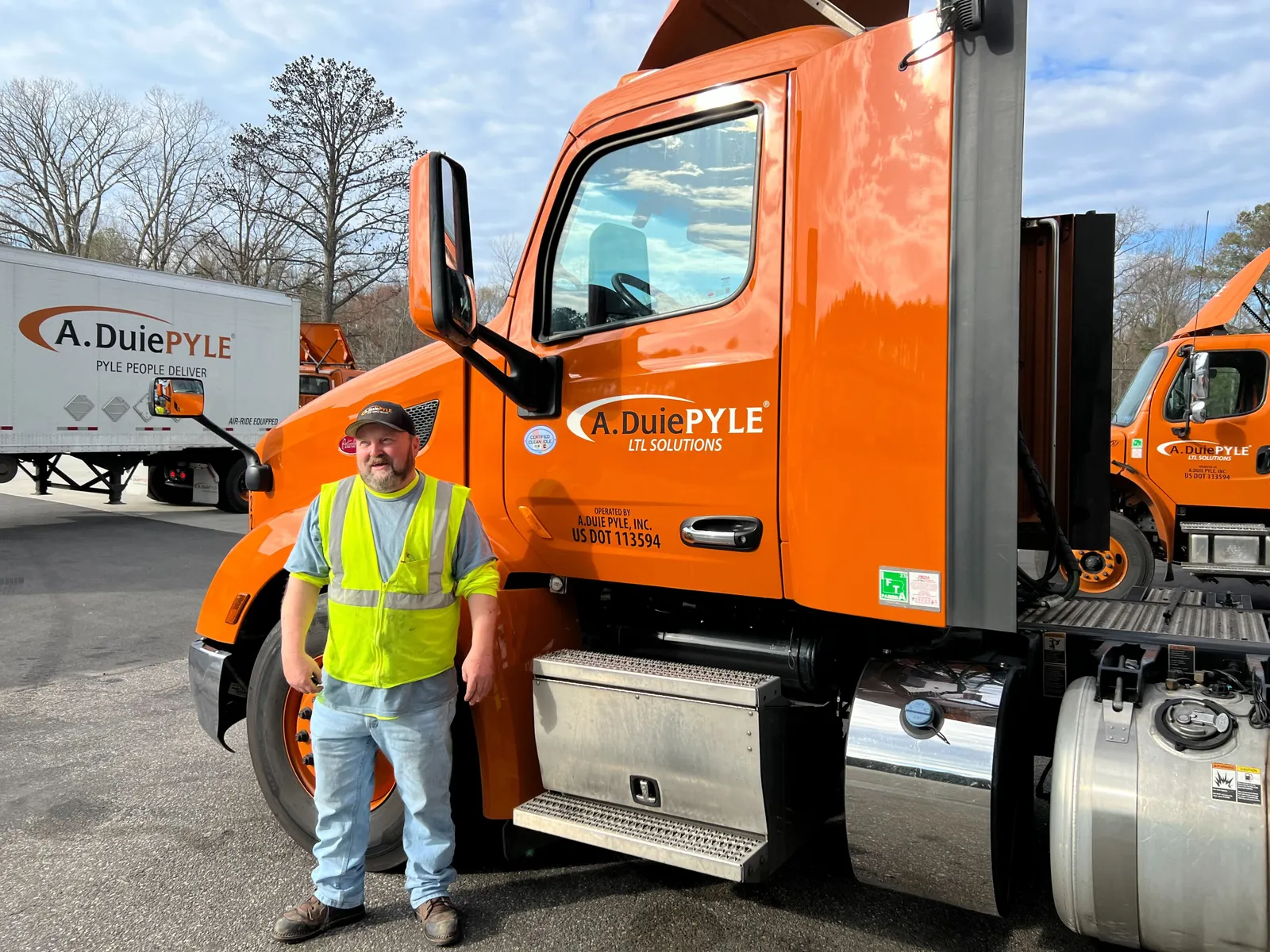
A. Duie Pyle’s accommodations for Johnson during an extended illness in his first year on the job reinforced his decision to work there.
“The company stood behind me,” he said. “A lot of companies would’ve let you go. It’s an employee company.”
Matt Batchelder, an inbound dockworker who transferred from a New York location when the Richmond site opened, said his new terminal isn’t as busy, but he expects volumes to pick up as the carrier develops its Virginia customer base.
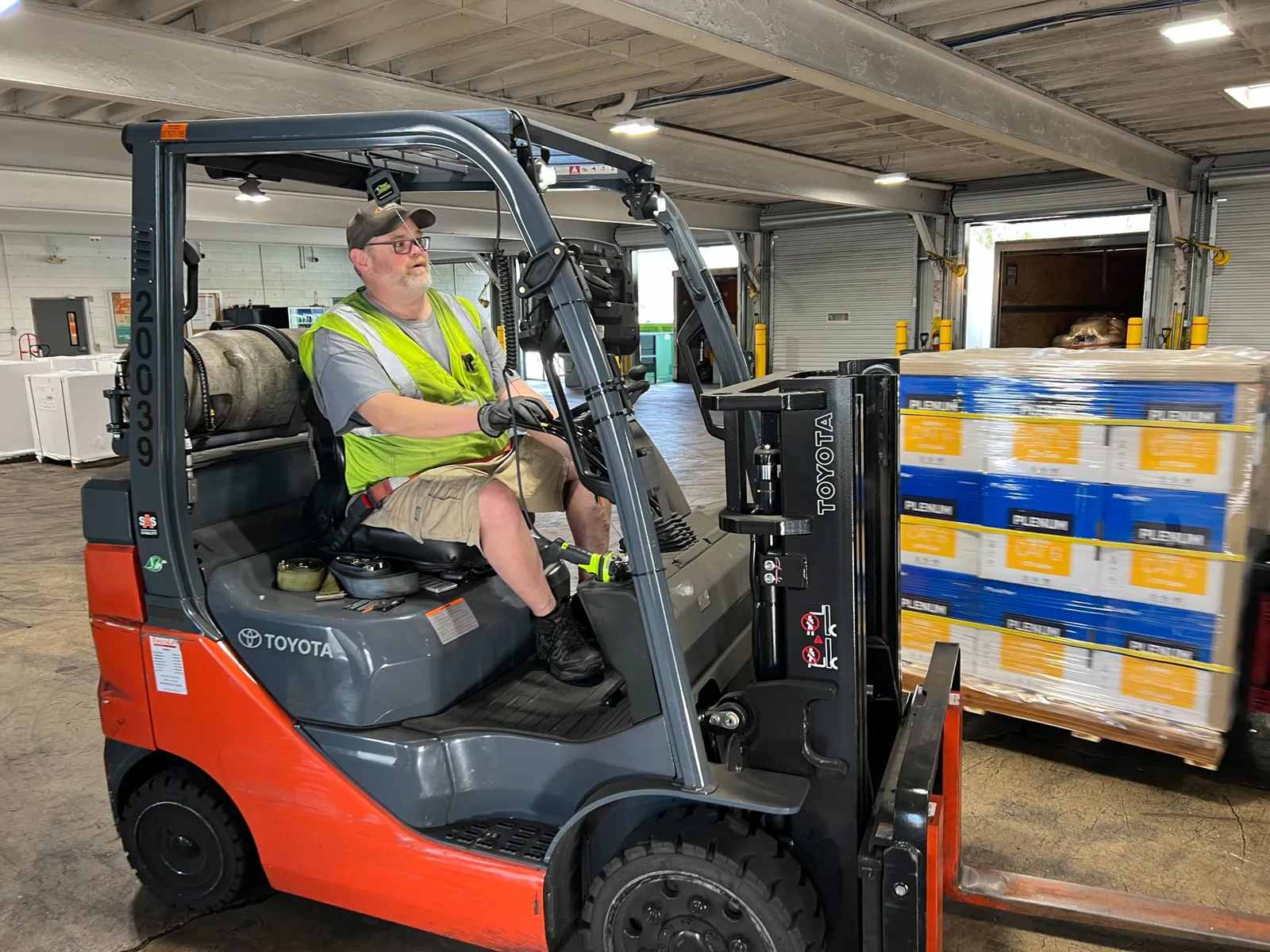
Thursday’s 80-degree weather was another reminder of the perks of his new digs in Virginia.
“I don’t miss the snow in New York,” he said.
‘Adjustments, all day long’
Drivers receive their pickup and delivery routes from terminal operations supervisor Cole Digney, who arrives around 10 p.m. each night and uses a route-planning program to group shipment orders by region.
Once the trucks hit the road, it’s up to fellow operations supervisor Gregory to execute Digney’s plan – and work the phones with drivers and customers to coordinate last-minute stops along their routes.

“It’s just adjustments all day long,” Gregory said. “Taking calls from the drivers: ‘Hey, can you see if I can get in there?’”
“We’re problem solvers,” he added.
Building a rapport with drivers by answering questions
During the driver meeting, Luciani fielded one question that prompted an outburst of laughter and chatter among the drivers seated around the table.
It was a request likely familiar to many, if not most, fleet executives: “Can we get faster trucks?”
“Sixty-eight on the cruise, 65 on the pedal,” the COO cut in, with a tone of finality.
Latta said the first-quarter meetings at each terminal are part of how the carrier maintains a company culture that prioritizes listening to employees’ suggestions and concerns. It’s about earning their trust — and, in turn, their extra efforts at work.
“It helps support what we think is the greatest strategic competitive advantage, which is the engagement of the Pyle people,” the CEO said. “The people create the service and determine how good, or how not-so-good, the service is.”





